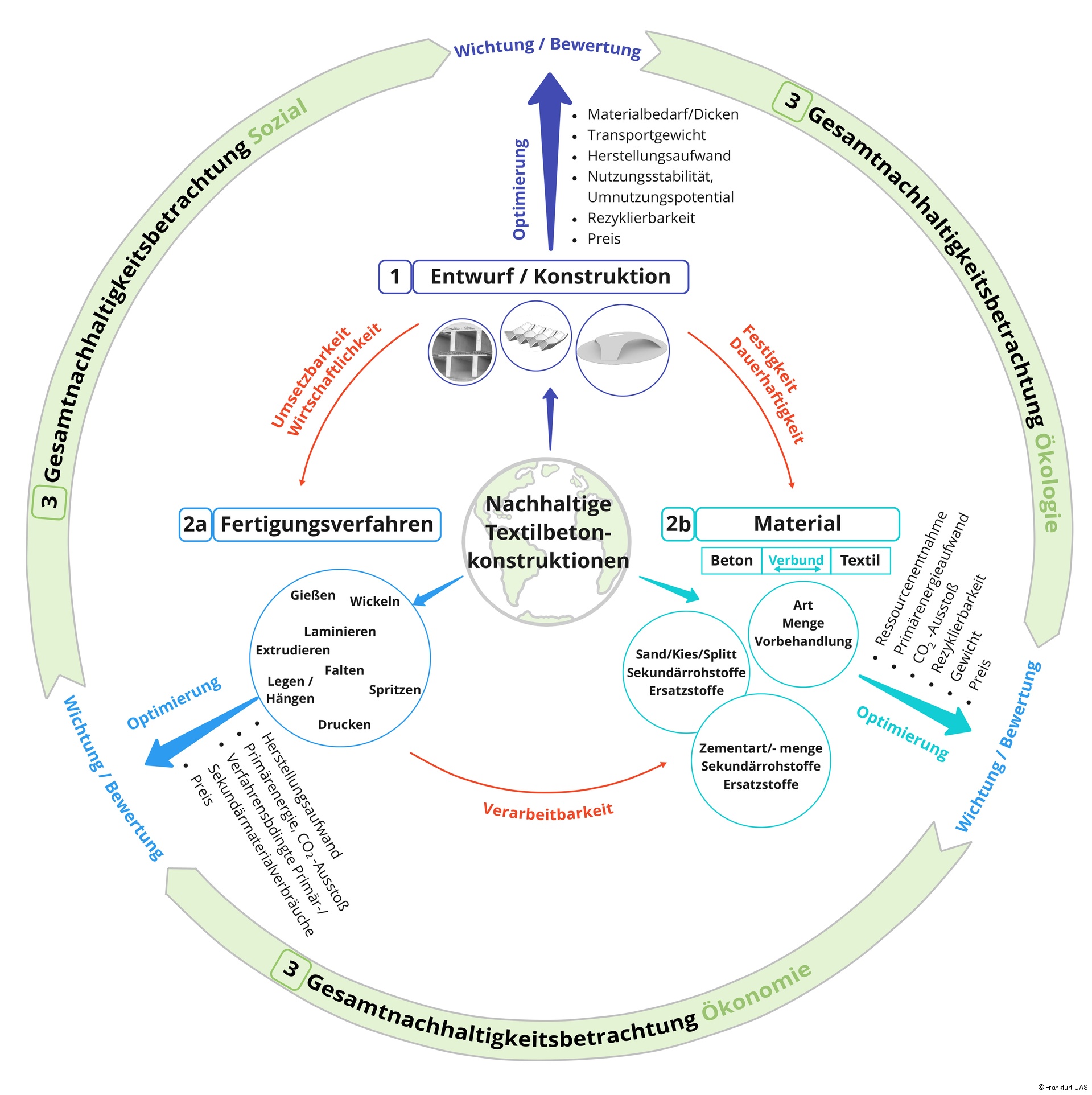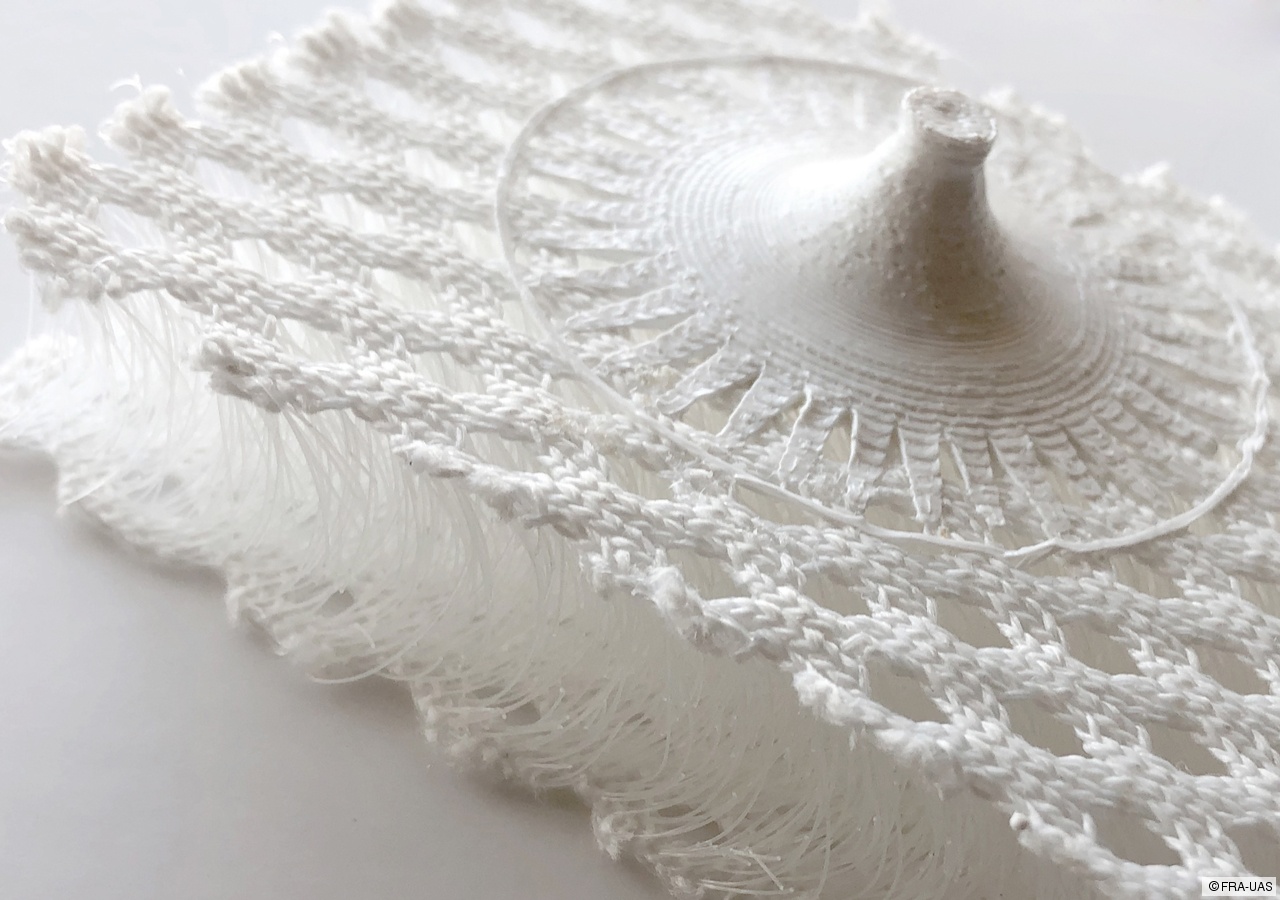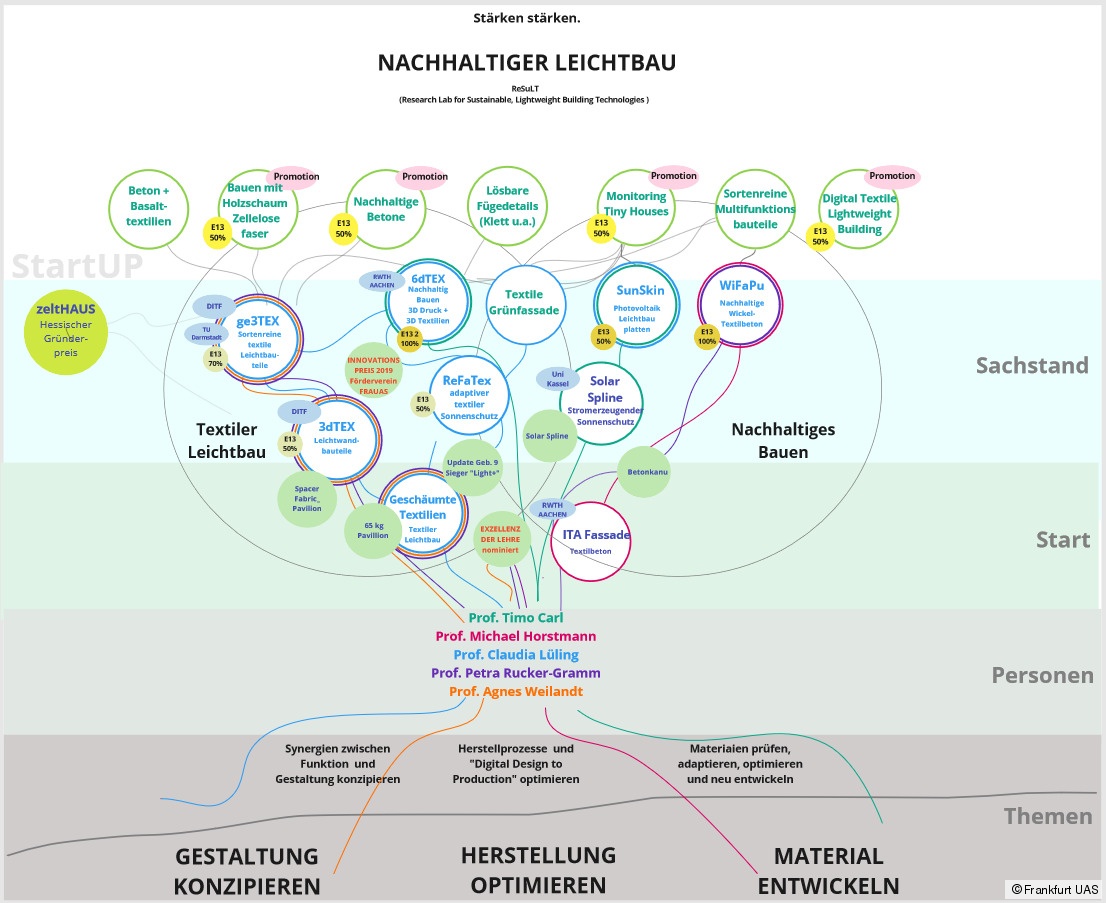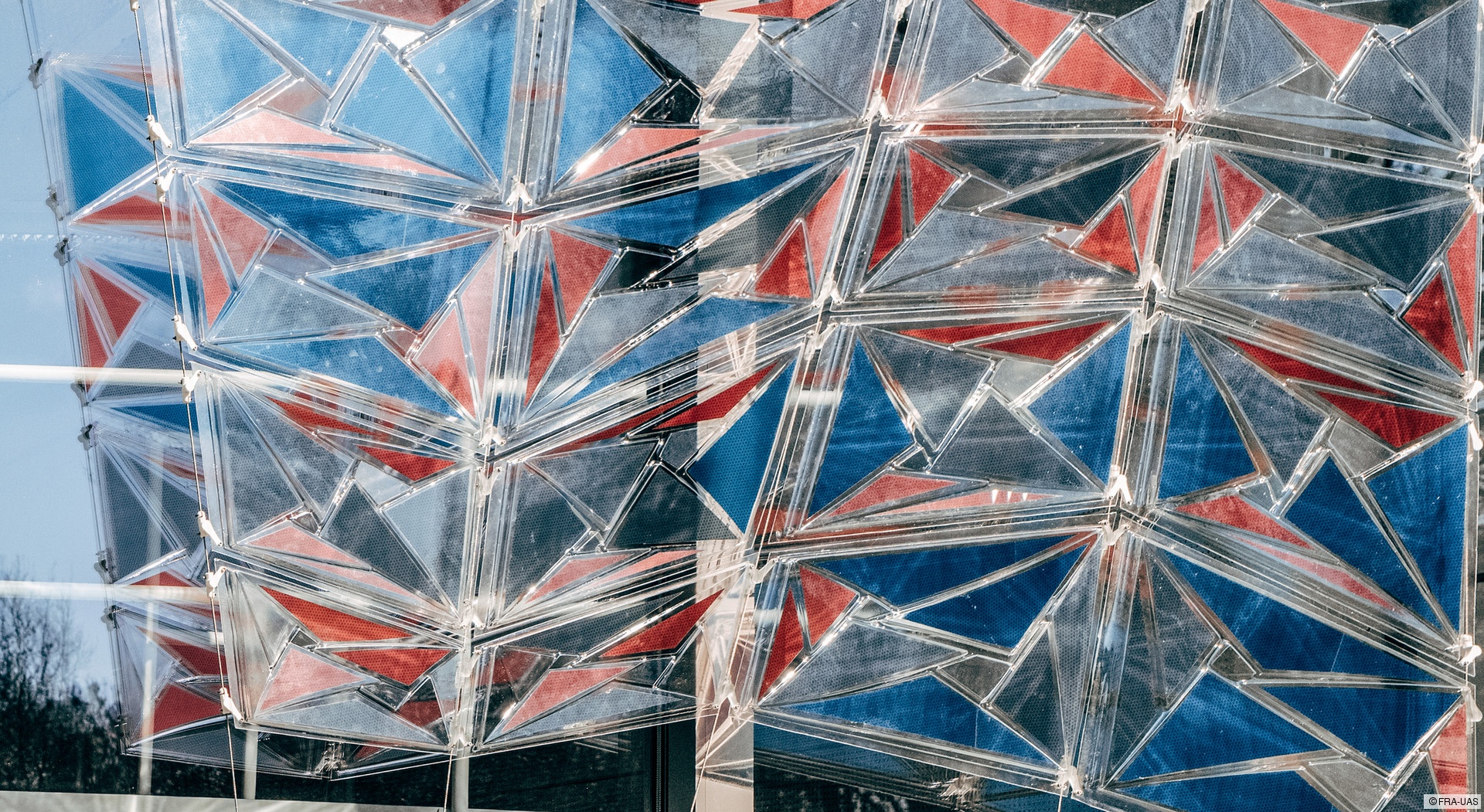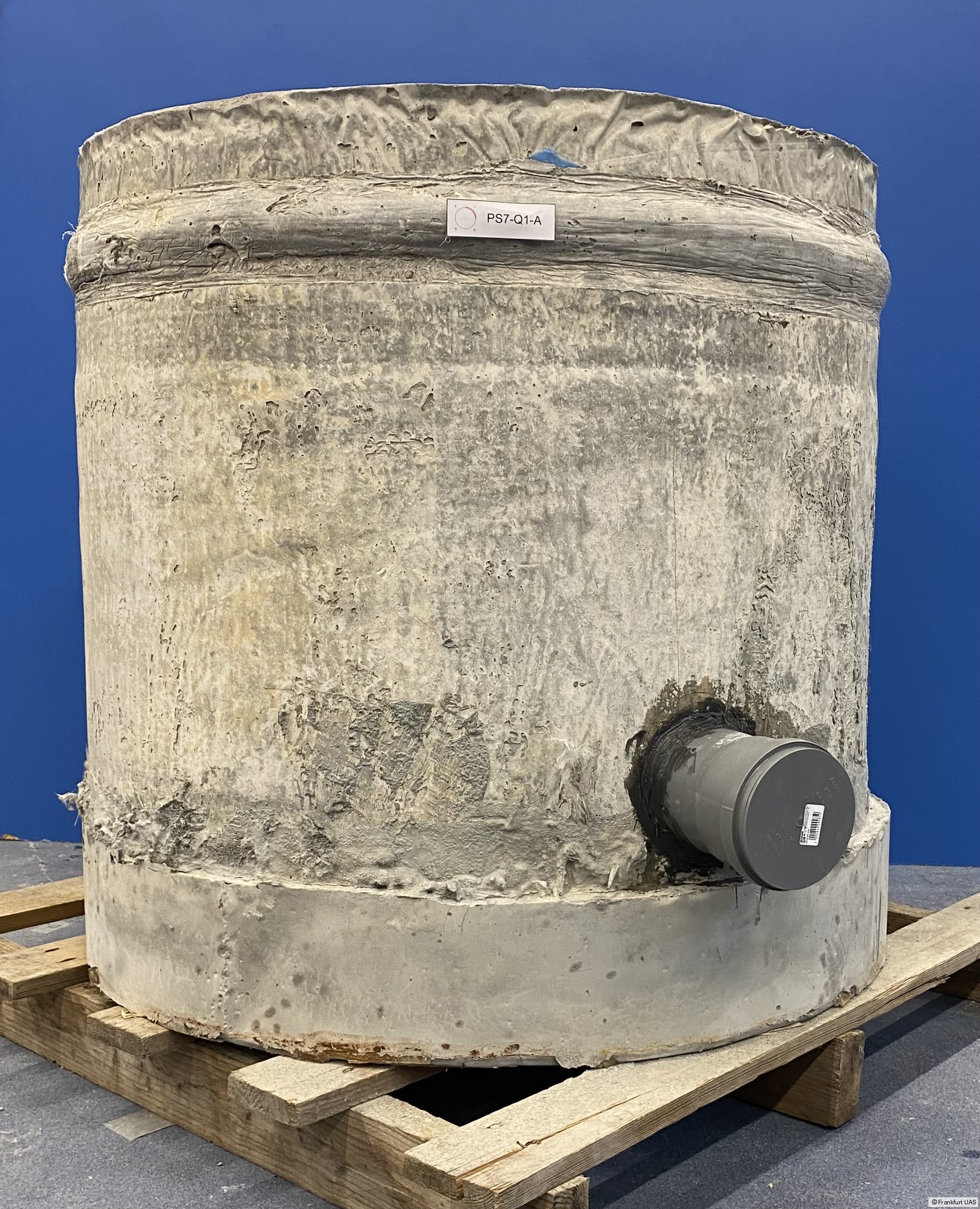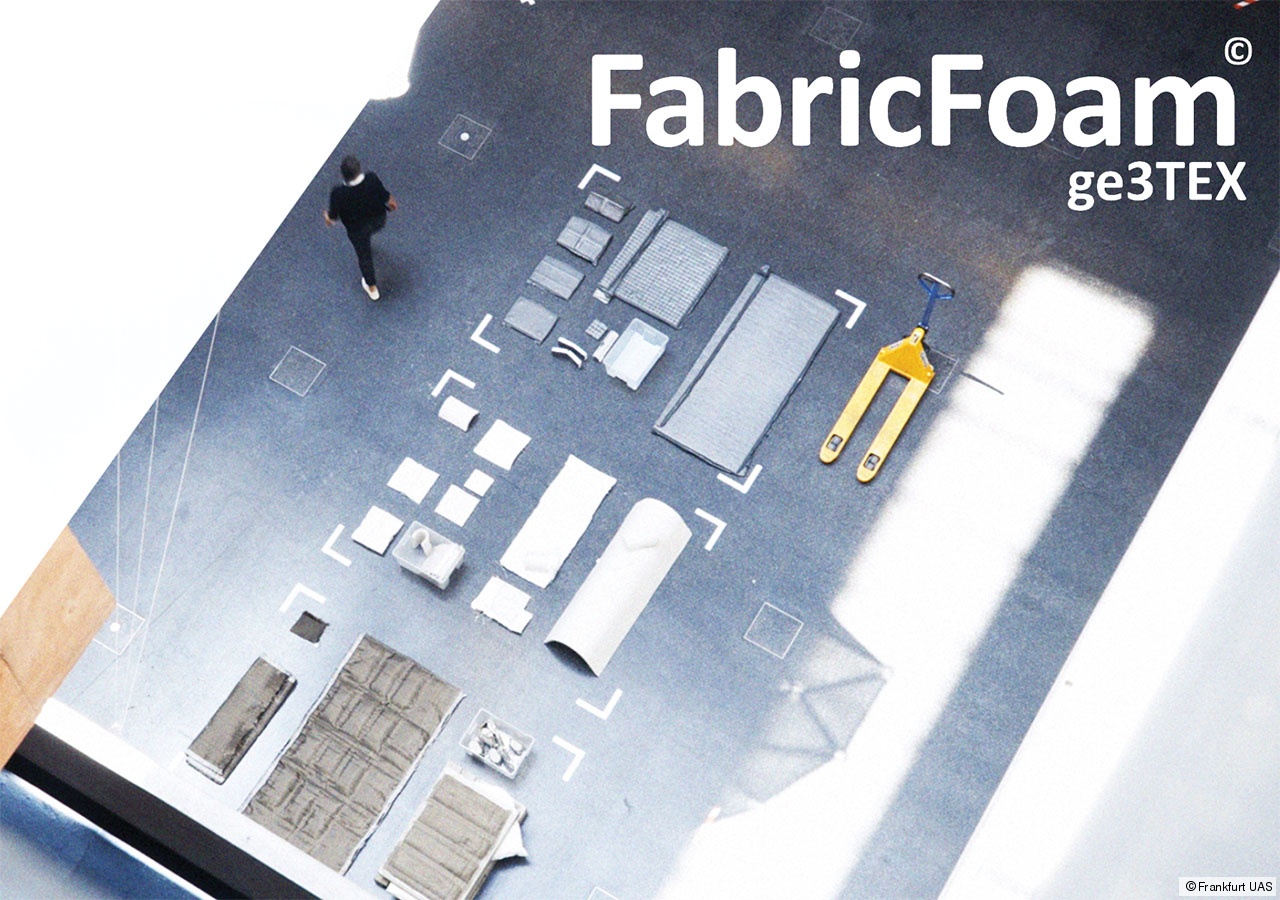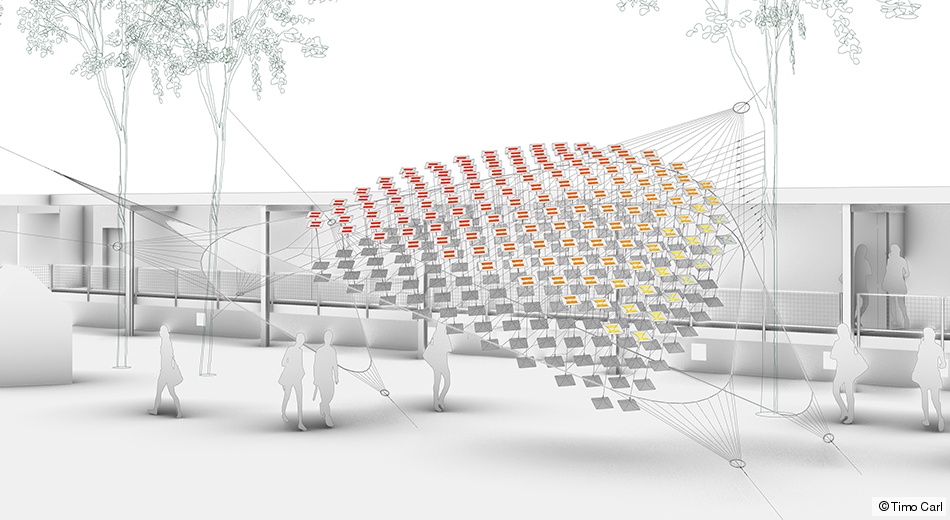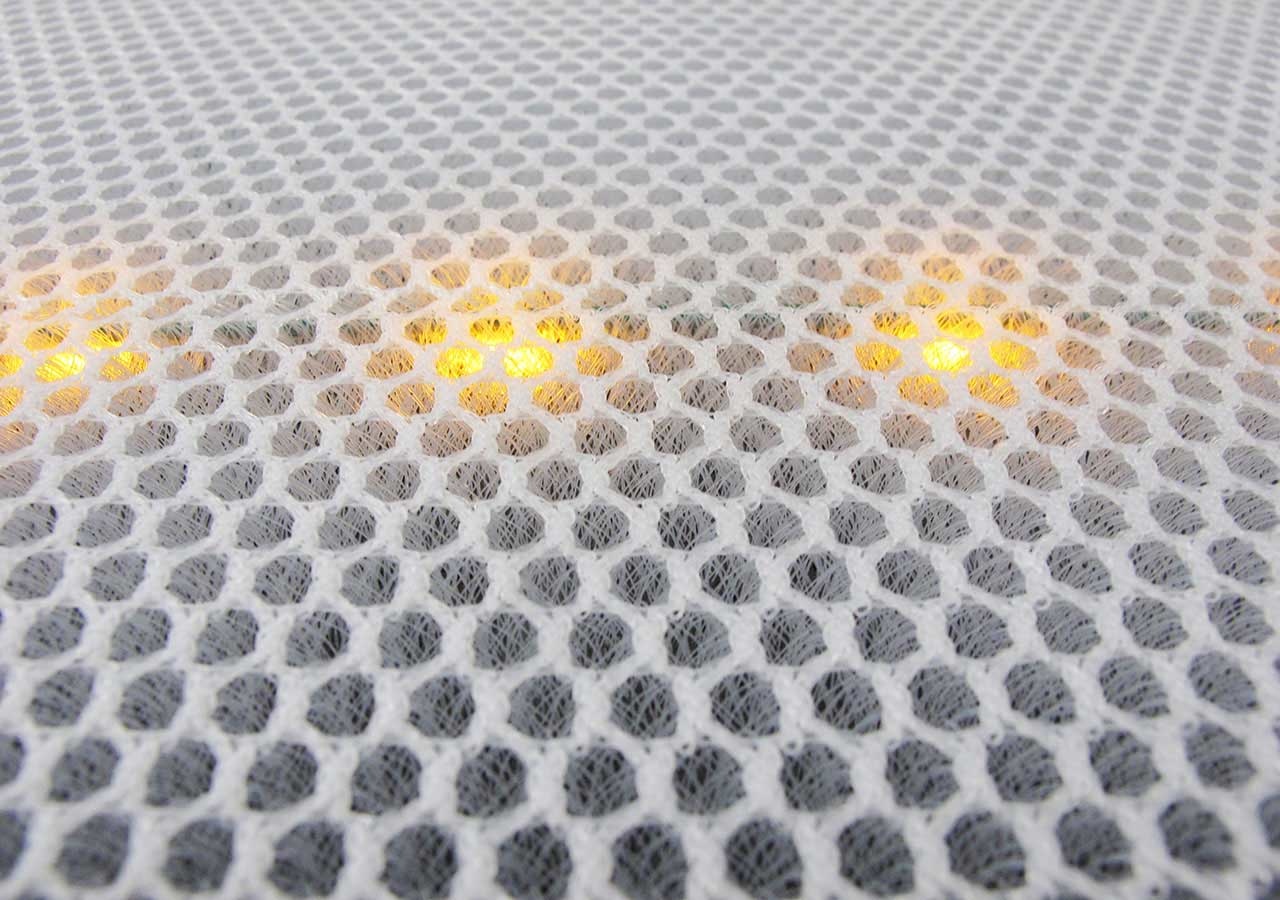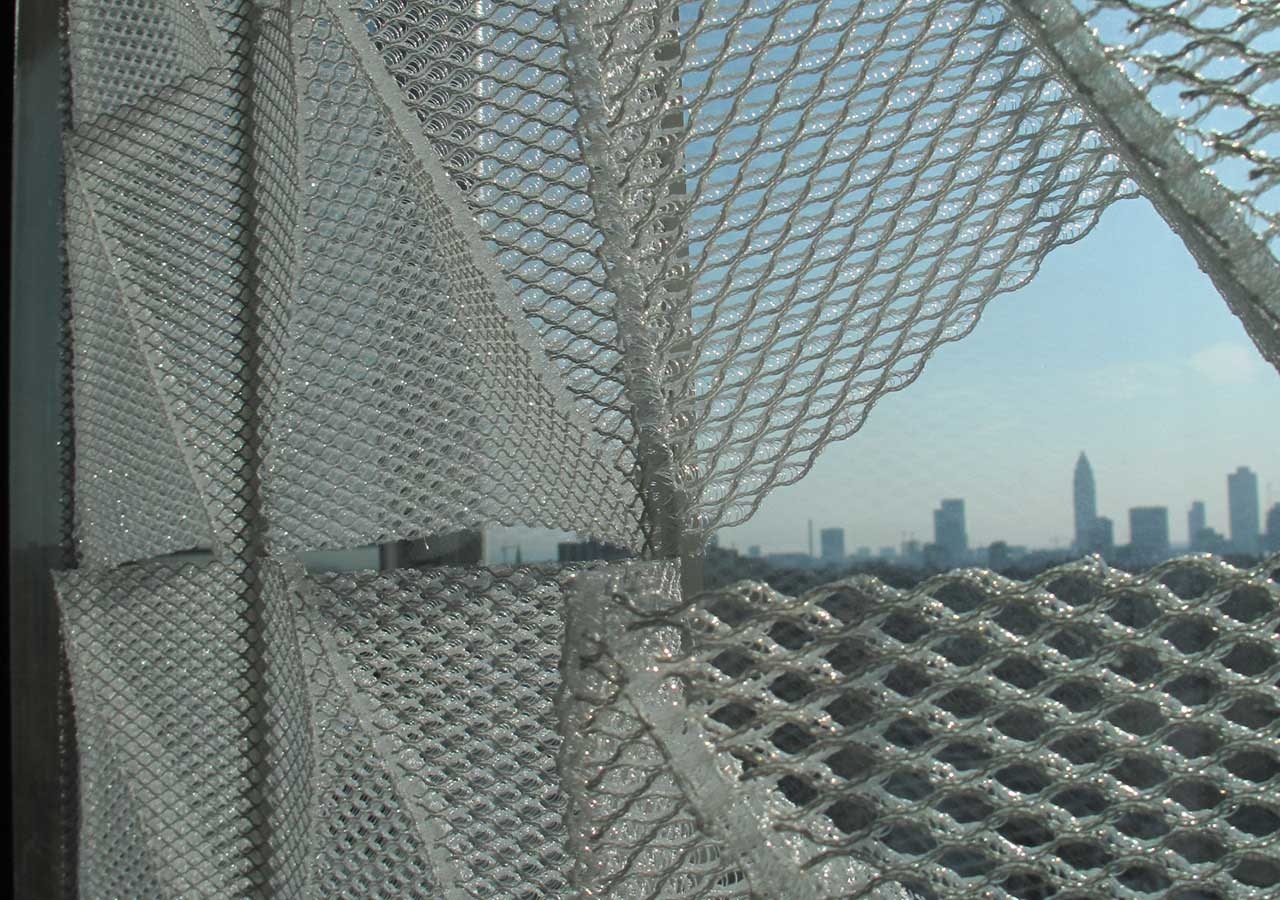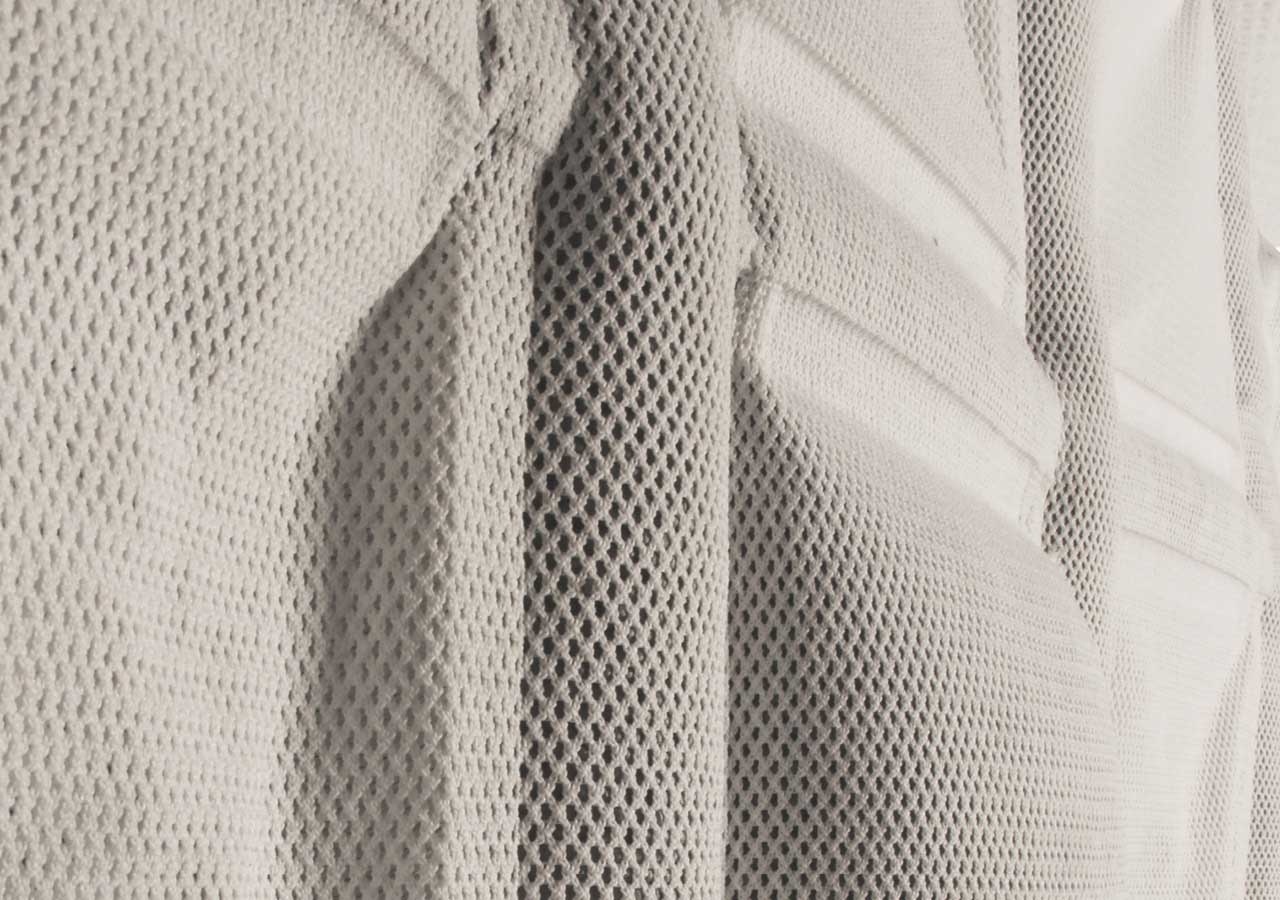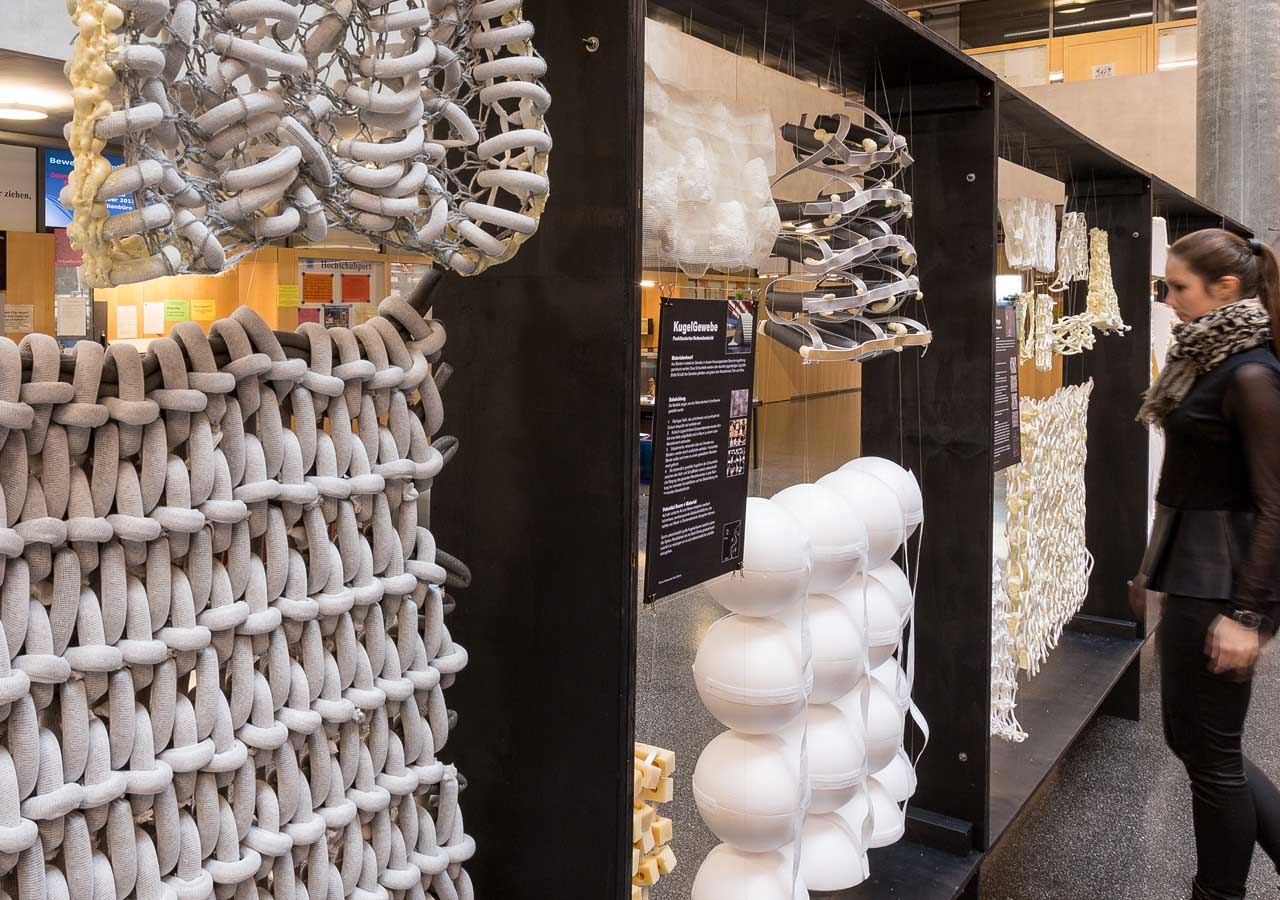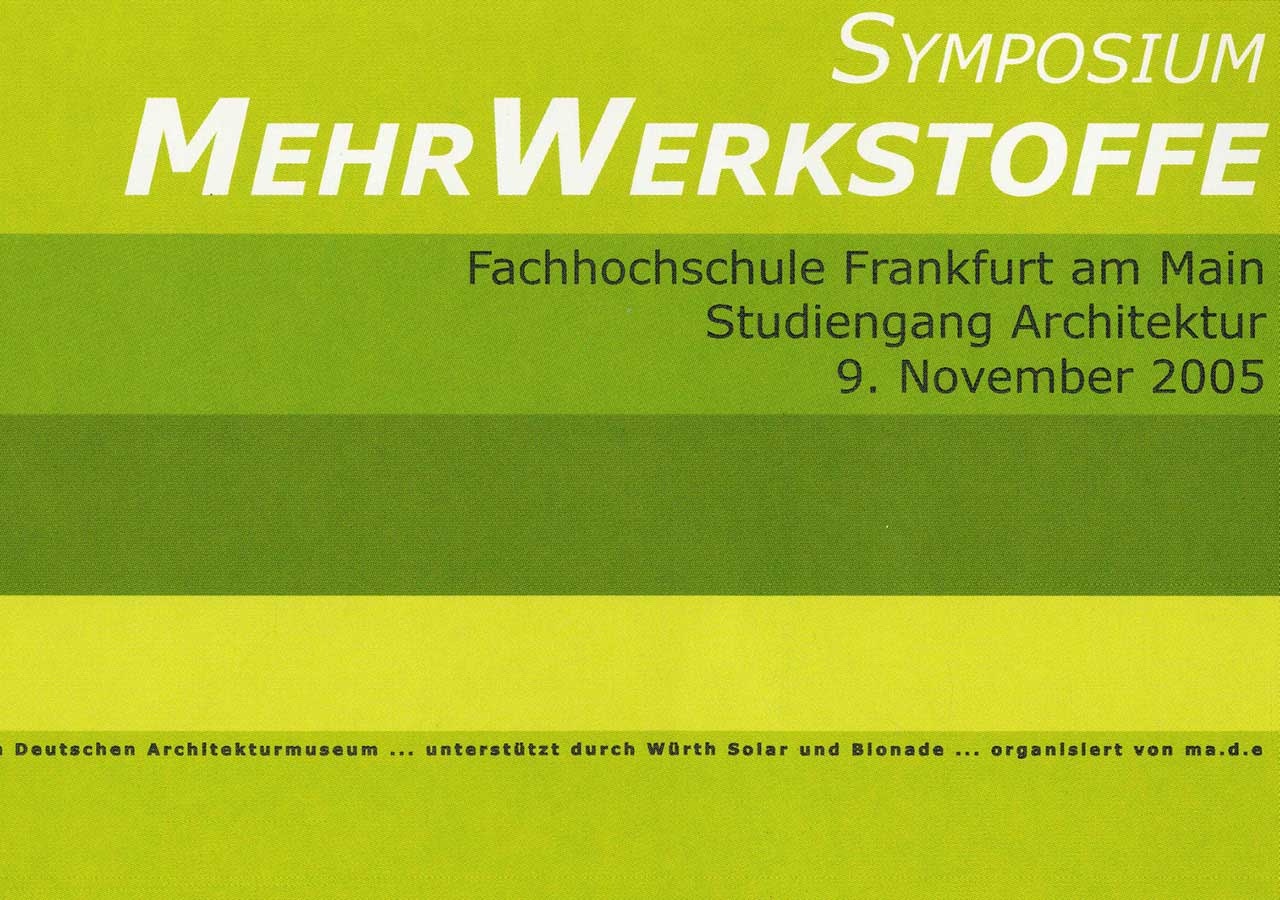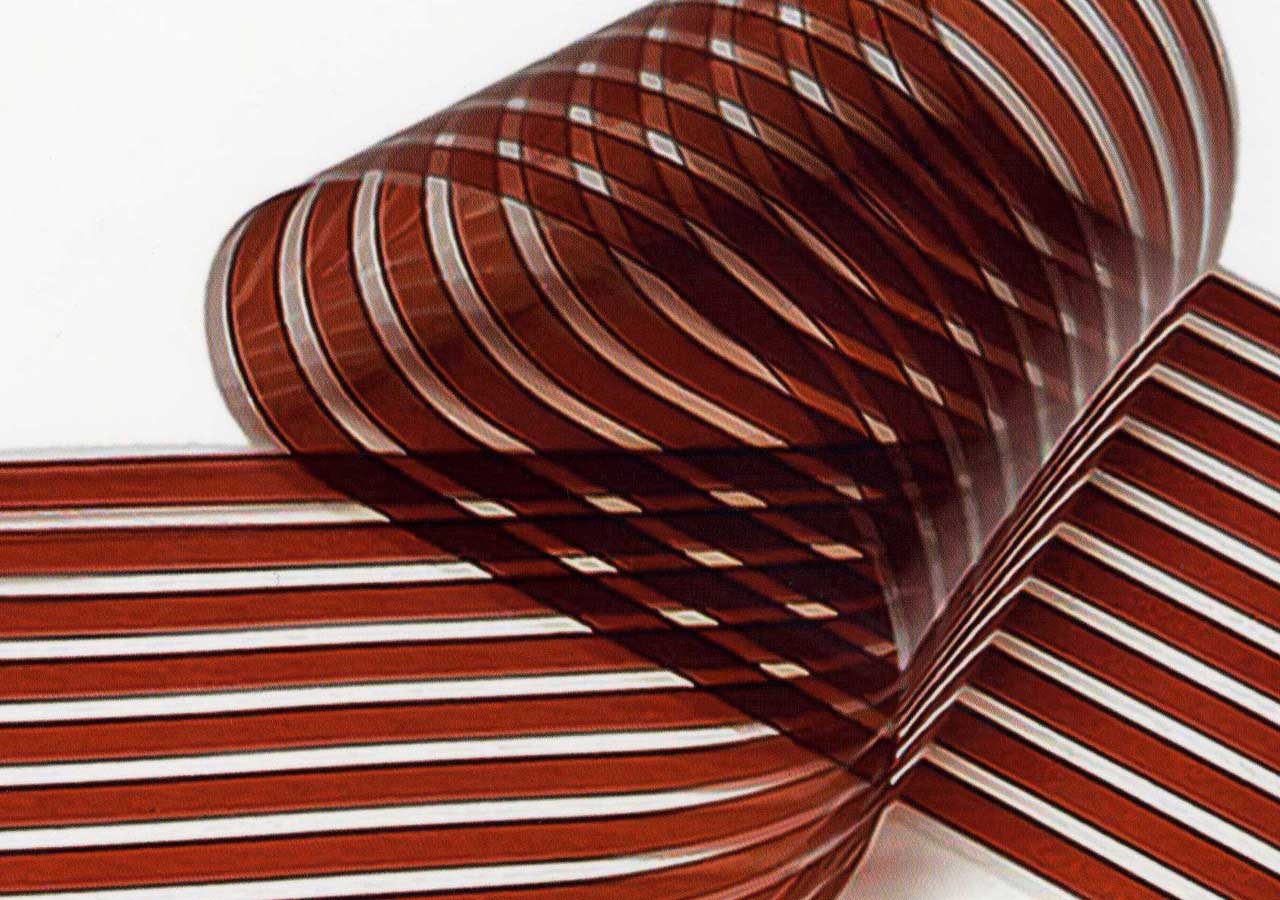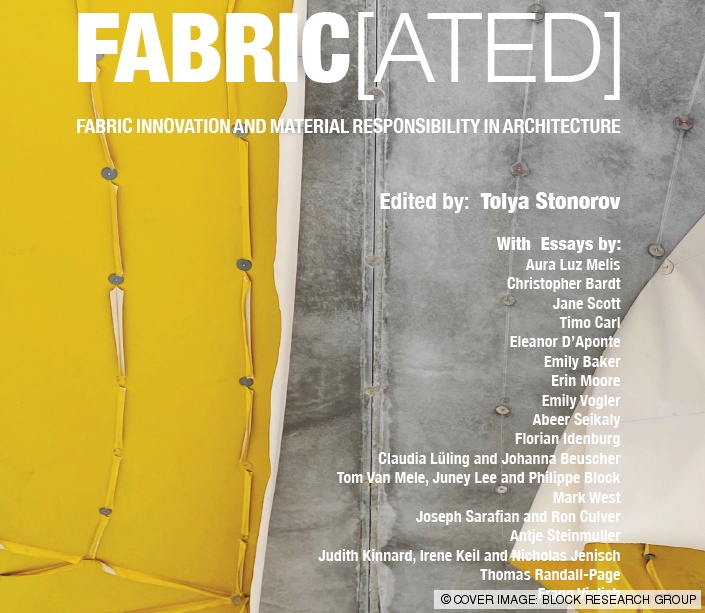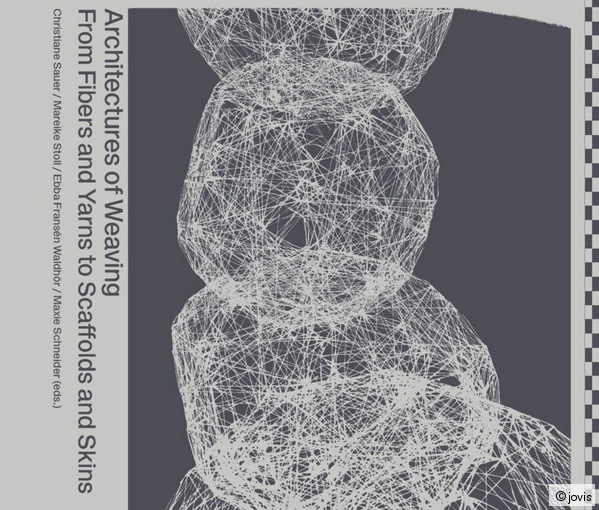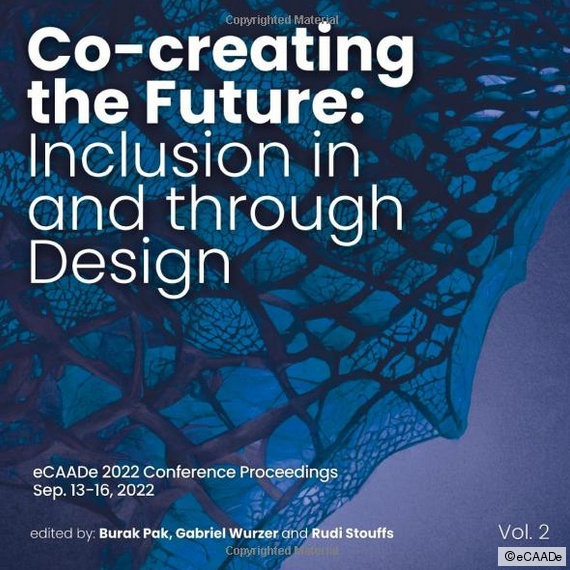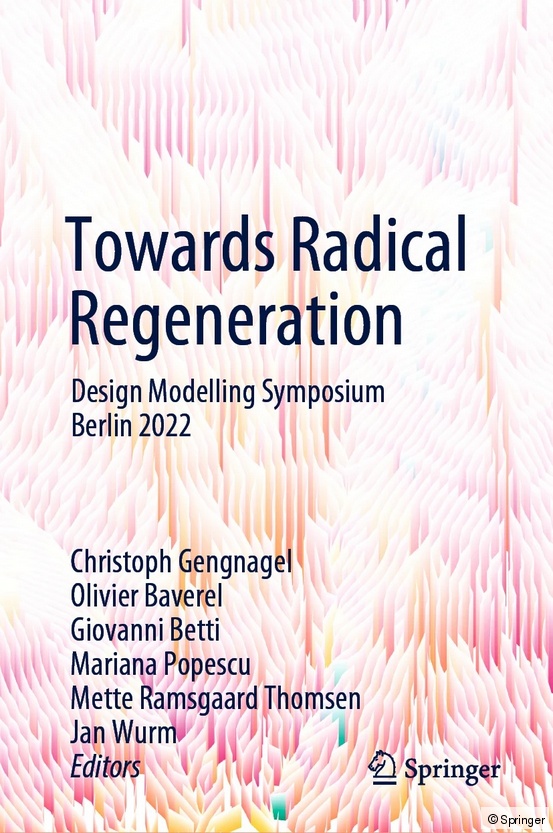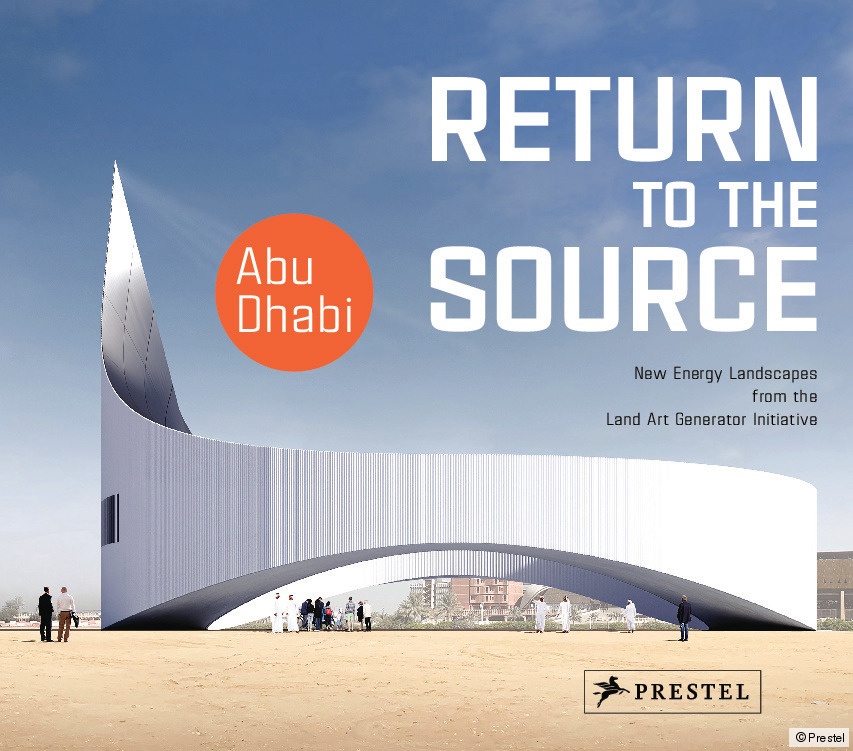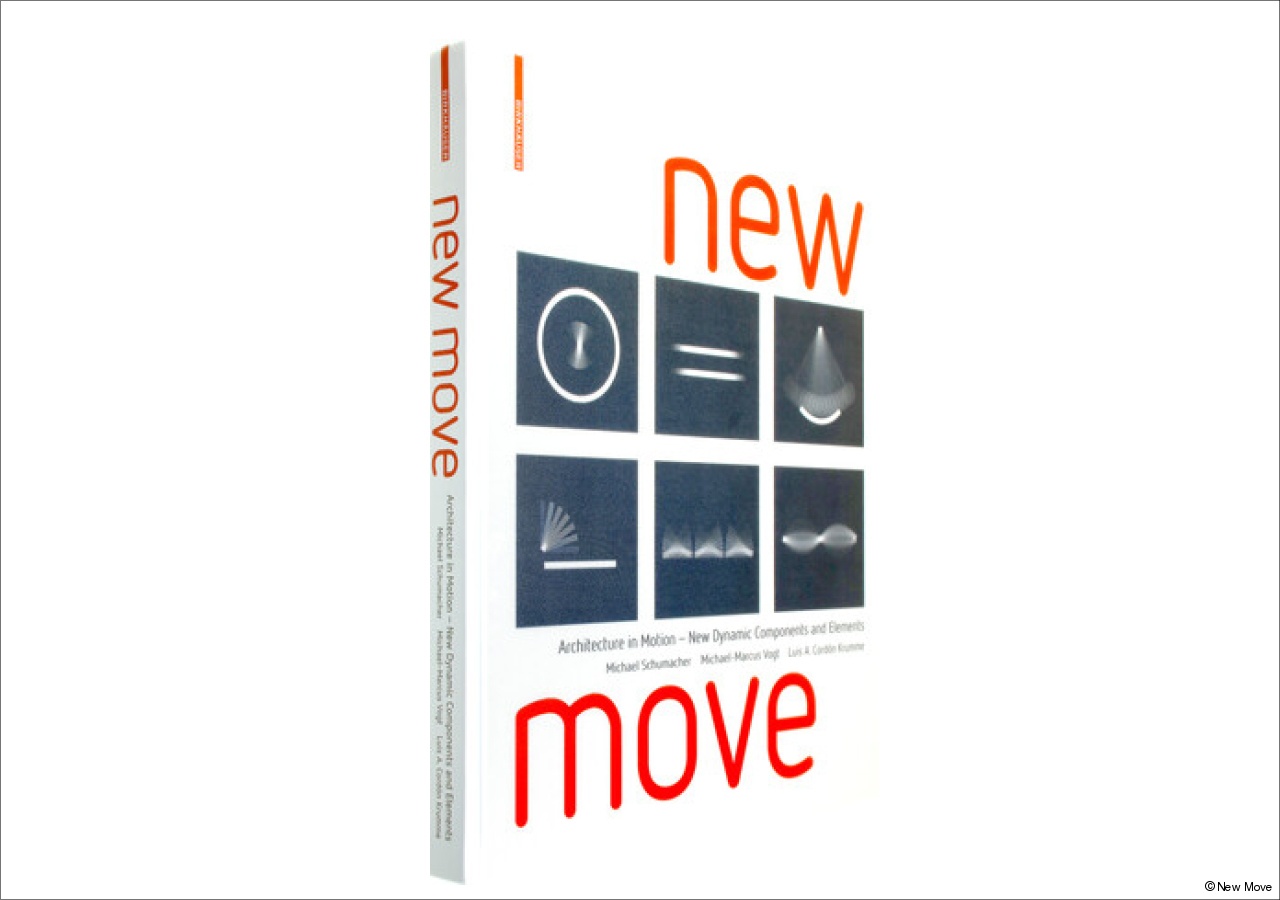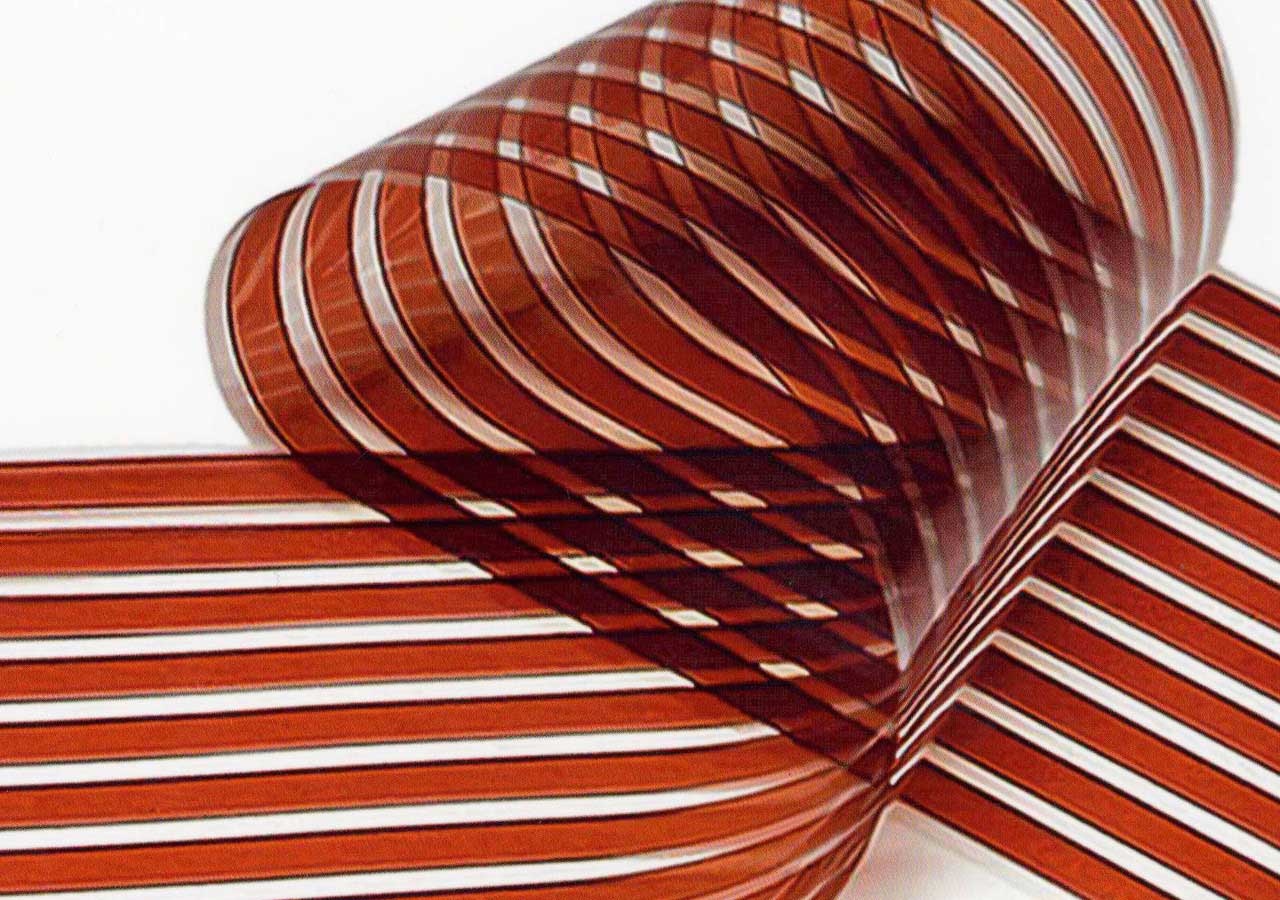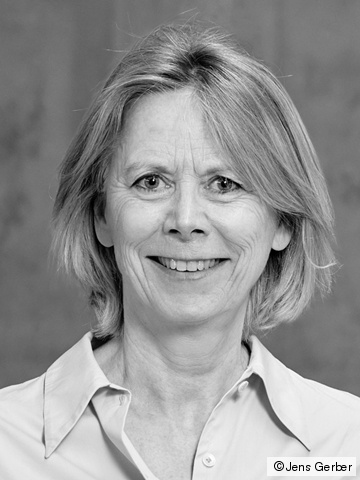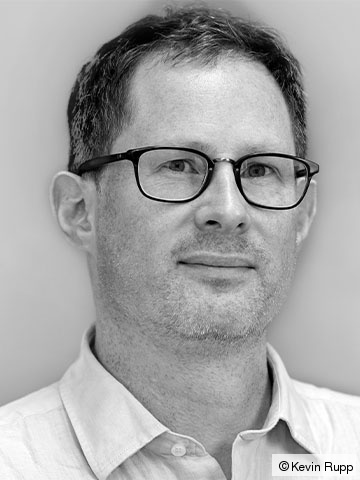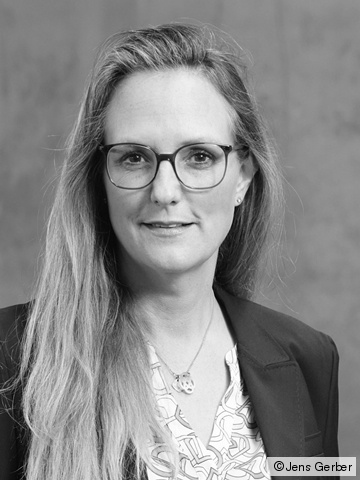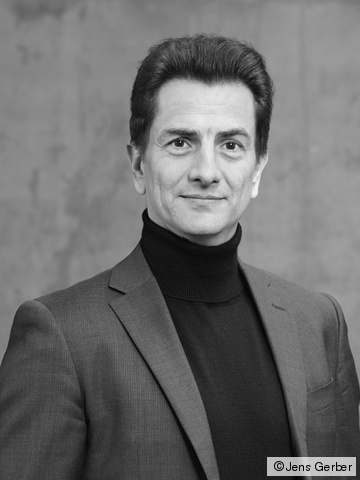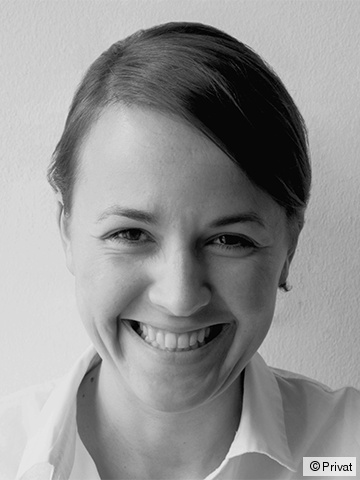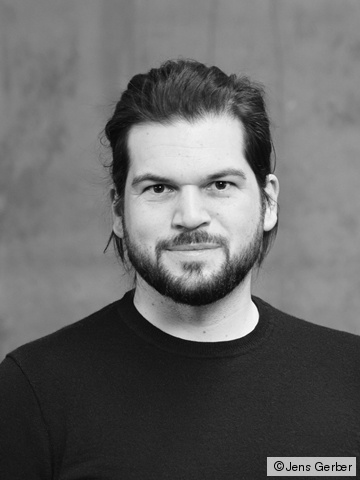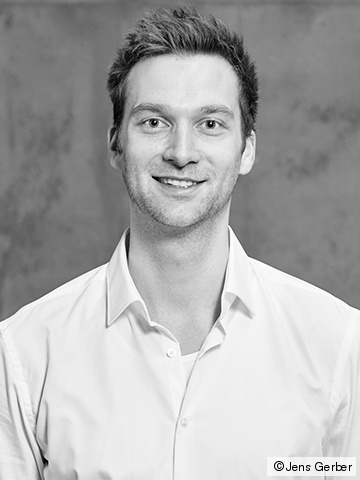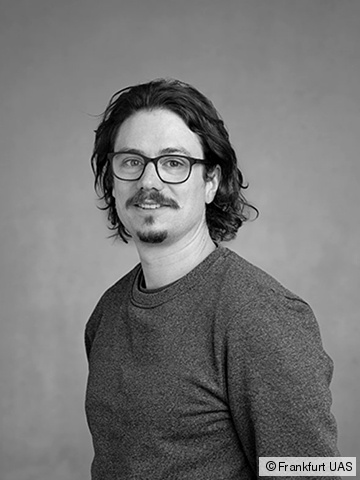Sustainable lightweight construction
The construction industry accounts for 50% of the waste generated in Germany and consumes 40% of the world's resources. ReSULT (Research Lab for Sustainable, Lightweight Building Technologies) conducts research and teaching in the field of sustainable lightweight construction. In the context of material, process and design, the traditional topics of lightweight construction – minimum component weight with simultaneous maximum functionality – are combined with questions of recyclability and the CO2 footprint.
Currently, ReSULT is investigating lightweight solar-active building envelopes ("Adaptive Sun Skins"), in the "WiFaPu" project researching a winding process for the production of thin-walled textile concrete components, and in the "6dTEX" project developing lightweight components made of 3D textiles in connection with 3D printing techniques. Besides weight and material reduction, also important is the consideration of sustainability criteria in the manufacturing processes and the associated secondary cycles. Sample applications and information on FUE projects can be found at the following links, among others: Summer igloo, Concrete canoe regatta and ge3TEX - 3D textiles for the building envelope.
A film by Hessen schafft Wissen (Hessen creates knowledge), the platform for scientific diversity and efficiency in Hessen.
Copyright: Hessen schafft Wissen
NaTeLe: Sustainable Textile Concrete Lightweight Structures (2022-2025)
Funding body: Mid-level faculty programme "Development of emerging research areas", HMWK
The NaTeLe research project is for the first time holistically assessing the sustainability of a textile-reinforced concrete roof structure, taking into account the type of construction and the material and production types dependent on it.
6dTEX: Lightweight components made of 3D textiles in combination with 3D printing (2021-2023)
Forschungsinitiative Zukunft Bau
6dTEX is a project focusing on the combination of two process technologies that have so far been considered separately and the synergistic combination of 3D textile manufacturing and 3D printing processes. The project's aim is to gain insights for new lightweight construction applications in architecture by optimizing technical 3D textiles in combination with additive 3D printing processes.
Sustainable lightweight construction (2023-2026)
Mid-level faculty programme "Strengthening strengths", HMWK
Research project on ecologically optimized, mineral materials for multifunctional lightweight components, organic multifunctional lightweight materials and digital design-to-production methods e.g. parametric modelling.
Adaptive Sun Skins: Foundations for adaptive and multifunctional solar surfaces in urban architectures (2021-2023)
Forschungsinitiative Zukunft Bau
As part of the Zukunft Bau research project Adaptive Sun Skins, we are investigating the resource optimization and adaptability of thin organic photovoltaic elements for the building envelope. Spatial bracing of carrier films allows printed OPV solar cells to be integrated into self-supporting components: ecological, adaptive and multifunctional.
WiFaPu - Wrapping process for highly reinforced fibre-reinforced concrete using the example of a pump sump (2021-2022)
LOEWE
Reinforced concrete is currently the most important material in the construction industry. However, the high consumption of cement and the CO₂ emissions associated with its production make it necessary to develop the construction method further. Standard steel reinforcements require large concrete covers and component thicknesses to protect the steel from corrosion.
ge3TEX – woven, knitted, foamed: 3D textiles for the building envelope (2018-2020)
Forschungsinitiative Zukunft Bau
ge3TEX deals with structurally differentiated monomaterials for the building envelope. The aim is to produce recyclable, compression- and tensile-stable and insulating lightweight components for the building envelope, with high fire protection properties and low assembly costs. The focus of investigation are combinations from one material group: basalt fibres with foamed concrete, glass fibres with expanded glass and PET fibres with PET foam.
Solar Spline: Solar sails as a combination of solar protection and energy generation (2019)
Prototyping the Future
Climate change is happening and our cities are getting hotter as a result. Solar Spline is the name given to a new type of solar sail that not only provides urban solar protection, but also simultaneously produces clean energy. 300 printed organic photovoltaic modules integrated into a resource-saving ultra-lightweight construction result in a three-dimensional and adaptive architecture that will allow our cities to remain liveable in the future. Solar Spline has been developed at the University of Kassel by Markus Schein, Frank Stepper and Timo Carl together with their students.
Sanitary partition wall system made from stabilized spacer textiles (2018)
CATO GmbH & Co. KG
Development of new textile-based partition wall systems: As part of a material study and the subsequent implementation of a prototypical component, the focus of investigation is on the technical and design advantages that result from the use of technical textiles in interior design in terms of weight, assembly and design.
ReFaTex - Reversible, foldable, energetically effective 3D-textile for construction (2015-2018)
IFOFO Förderlinie Großprojekte
Development of reversible foldable elements for energetic optimization of building envelopes in the opening area: Investigating the suitability of elements made of three-dimensional textiles for the application in the area of solar protection.
3DTex - Textile lightweight wall elements (2015-2017)
Forschungsinitiative Zukunft Bau
Development of textile lightweight wall elements using three-dimensional textile techniques and textile joining technologies for use as self-supporting, rear-ventilated facade and wall elements in building renovation and new construction. The focus here is on so-called spacer textiles, i.e. multilayer textile semi-finished products.
Foamed textile constructions (2013-2014)
Research for practice
Material development for lightweight construction applications in the architectural sector: Composite material consisting of spacer fabric (textile) and expanded or foamed material (foam), each made from sustainable raw materials for prefabricated, customized foamed rooms or components.
MehrWerkstoffe (Symposium 2006)
Hessian Ministry for the Environment, Agriculture and Consumer Protection
Symposium on new materials in construction that have "added value" beyond their design potential, either because they require little manufacturing energy, contribute to energy conservation, or produce energy themselves.
Moderated by Prof. Nicola Stattmann, Dipl.-Ing. Christiane Sauer, Prof. Werner Lorke and Prof. Claudia Lüling. PDF MehrWerkstoffe
Energizing Architecture - Design and Photovolatics (1999-2009)
Würth Solar GmbH + Technology Foundation Berlin
Semiconductor materials are one of the few truly "smart" materials. Their ability to convert light into electricity makes them an ideal component for building envelopes. In the project Energizing Architecture, photovoltaics is investigated less as a technical system than as an electricity-generating and design-effective (building) material.
Design Build
ReSULT draws synergies from the combination of research and teaching. The projects illustrated below were developed in the German- and English-language Bachelor's and Master's programmes of Department 1, Architecture • Civil Engineering • Computer Science.
On the one hand, the projects serve to develop the digital as well as the analogue skills of the students in terms of the simulation as well as the realization of components and architectures on a 1:1 scale, and on the other, provide a "proof of concept" for research results and promote collaboration with the industry in applied research.
Co-creating the Future (2022)
Inclusion in and through Design, Proceedings of the 40th eCAADe conference, 13-16 September 2022
Editor: Pak, B., Wurzer, G. and Stouffs, R.
Publisher: eCAADe
ISBN: 9491207334
Text contribution: Carl T., Weilandt A., 2022, “From Sheet to Folded Plate Structure - Design & build investigations with an interdisciplinary student team”.
Towards Radical Regeneration (2022)
Design Modelling Symposium Berlin 2022
Editor.: Christoph Gengnagel, Olivier Baverel, Giovanni Betti, Mariana Popescu, Mette Ramsgaard Thomsen, Jan Wurm
Springer International Publishing
Text contribution: Carl T., Siefert S., Rossi A., 2022, “Upcycling Shell - From Scrap to Structure”.
New Move – Architektur in Bewegung (2019)
Editor.: Michael Schumacher, Michael-Marcus Vogt, Luis Arturo Cordón Krumme
Birkhäuser Verlag GmbH
Sprache Deutsch/Englisch
ISBN 978-3-0356-1353-7
Textbeitrag: Lüling C., Beuscher J., 2019,„4dTEX“, S.94-97.
Zur Publikation: New Move




